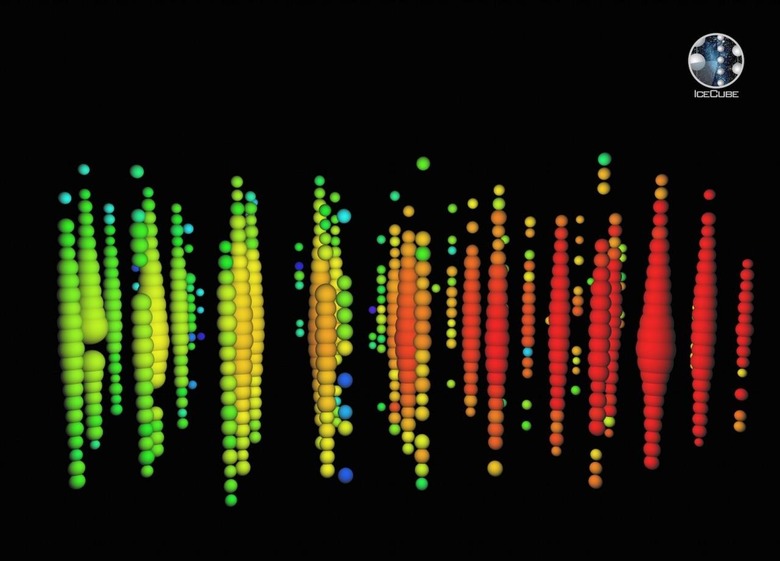Vast IceCube Telescope Confirms Ghostly Cosmic Neutrinos
Ghostly cosmic neutrinos, the spawn of black holes and massive exploding stars, have been identified by astronomers, an "unequivocal signal" of the particles that could revolutionize star-gazing. Handiwork of the IceCube Collaboration, a group of scientists from all over the world sifting through data generated at the IceCube Neutrino Observatory at the University of Wisconsin-Madison, the research finally pins down the tricky-to-spot cosmic neutrinos by virtue of their collisions with other particles.
Astrophysical neutrinos are particularly special among astronomical research, predominantly because they go unimpeded – and unchanged – by other objects and forces in space.

Created by "nature's accelerators" as the researchers phrase it, including black holes, stars exploding massively, and seething galactic cores, the neutrinos can pass through stars, planets, galaxies, magnetic fields, and clouds of interstellar dust.
Normally, such obstacles would waylay and change the path of more regular photons. It's that tamper-proof nature that leads scientists to prize them as capsules of unmodified data.
However the downside is that they're not only rare, but near-impossible to observe. Nearly massless, and carrying no electric charge, they're only spotted when they collide with secondary particles.
That produces ultra high-energy muons, and it's 21 of those that the IceCube team believe comprise "sound confirmation that the discovery of cosmic neutrinos from beyond our galaxy is real," Albrecht Karle, UW-Madison professor of physics and a senior author of the new report, says.
IceCube comprises a cubic kilometer of ice in the Antarctic, studded with over five thousand optical sensors which can spot the smear of Cherenkov light produced when neutrinos collide. Dubbed an "optical sonic boom," each can be used as a trail marker back to the ghostly particle's origin.
Unlike a regular telescope, however, IceCube's array is buried a mile under the surface, and watches out for its particle quarry through the Earth itself.
There are still mysteries to be solved, however. While scientists are now certain that the neutrinos are real, what's still unclear is where they hail from.
"The highest-energy neutrinos we've observed come from random directions," Karle points out. Were they predominantly the product of our own Milky Way, they'd more likely show clustering around the plane of the galaxy, since that's where the most neutrino-producing objects would be found.
